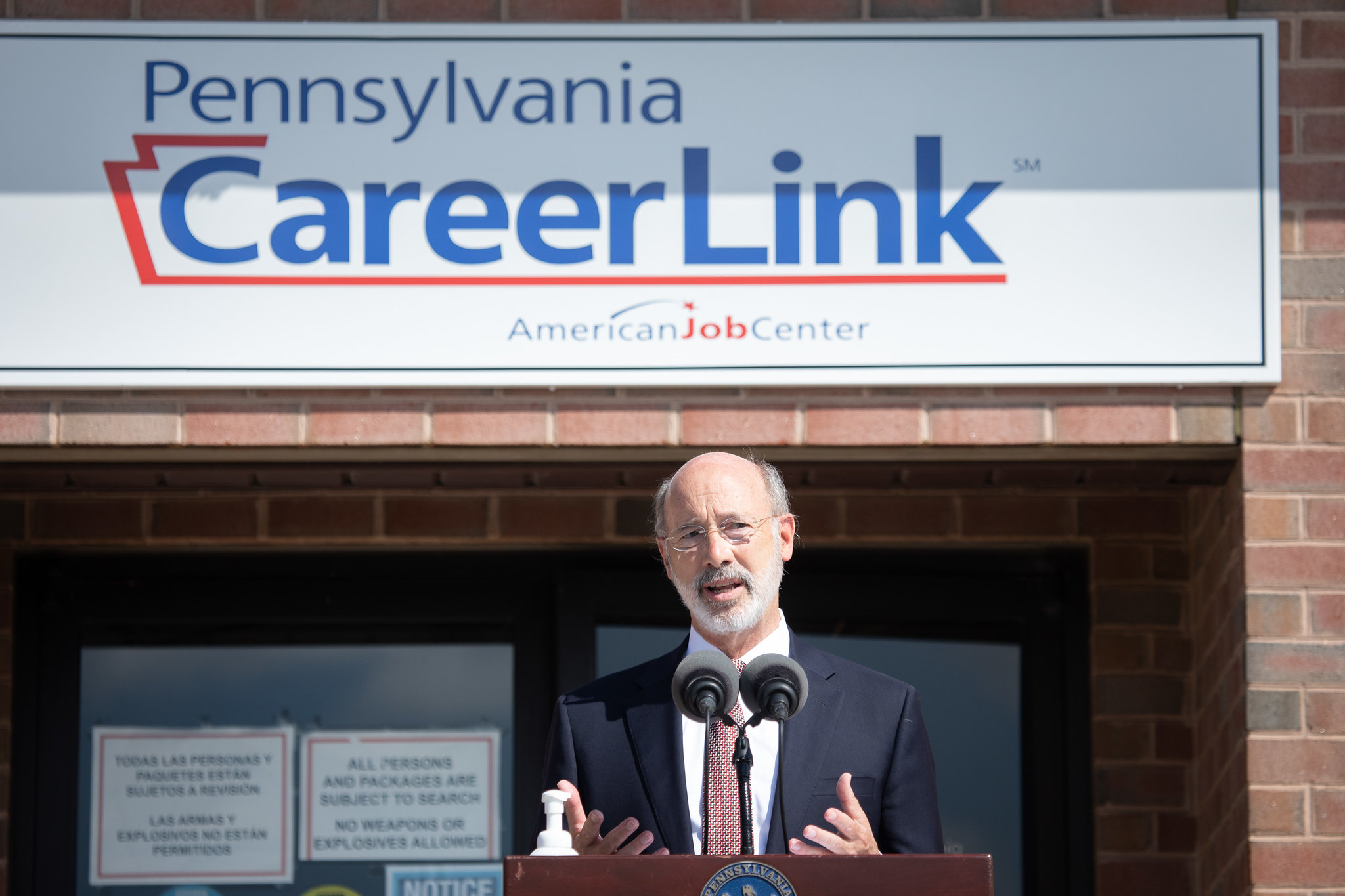
Drexel and its co-op program offer a unique approach to the college experience for its students — a hybrid of school and work that culminates in connections, experiences and a focus towards a desired career by the time a student has completed their course of study.
In many ways, the co-op experience that Drexel University offers is seen as brilliant and innovative; it has been going on for 100 years now.
But what if there are simply no jobs to be had? What would happen if the essential function of the co-op program were to run into trouble?
Well, within the span of the last five months, the COVID-19 pandemic has created the worst obstacle to teenager job hirings since the Great Recession, and the data estimates show that the dropoff will have been even worse this year when compared to the Great Recession.
Not only is the shrinking job market affecting Drexel students who were trying to land a spring and summer co-op, but the bleak future with the United States’ efforts to control the virus shows that there will be many fewer opportunities for Drexel students this fall-winter co-op cycle as well.
As The New York Times and Business Insider report on a Drexel University Center for Labor Markets and Policy study — this summer shows a bleak hiring market for teens. As reported by the U.S. Bureau of Labor Statistics, the employment rate for 16 to 19 year-olds in June was 24.8 percent, which is down 6 percent compared to 2019.
Even worse, as reported in The Times story, the researchers wrote in their paper that “one-third fewer teens will work this summer because of COVID-19 shutdowns.”
The Drexel team used a statistical regression model from 1980 to 2005 to analyze employment rates, factoring in seasonally-adjusted rates, January-to-March employment rates of the current years and average January-to-March employment rates to understand what will come in the summer.
This multi-factor analysis is done to provide the clearest image of the summer job market, as data shows that those who work on school breaks in January and March are more likely to also work a job in the summer months, along with understanding the trends of employment rates over time.
As the data allows for researchers to predict employment rates in the upcoming summers, the sans-COVID restrictions predictions for summer employment rates for teens showed an uptick compared to the actual rate with 32.8 percent, but the prediction factoring in COVID-19 shutdowns was around 8-9 percent lower than the actual rate with 22.8 percent.
These are the widest spread prediction rates since 2008 — which was the summer before the Great Recession — and the teen employment rates in 2019 still weren’t as high as the rates before the Great Recession occurred.
While Drexel University is doing its utmost best to provide its students with co-ops — while also expanding the idea of what a “co-op position” can entail — many students have spent the spring and summer terms without a job, affected by the shrinkage of the US economy in response to the economic downturn caused by COVID-19.
As students are preparing for a co-op cycle in the fall, much uncertainty surrounding the future of many potential employers is very much in the balance.


